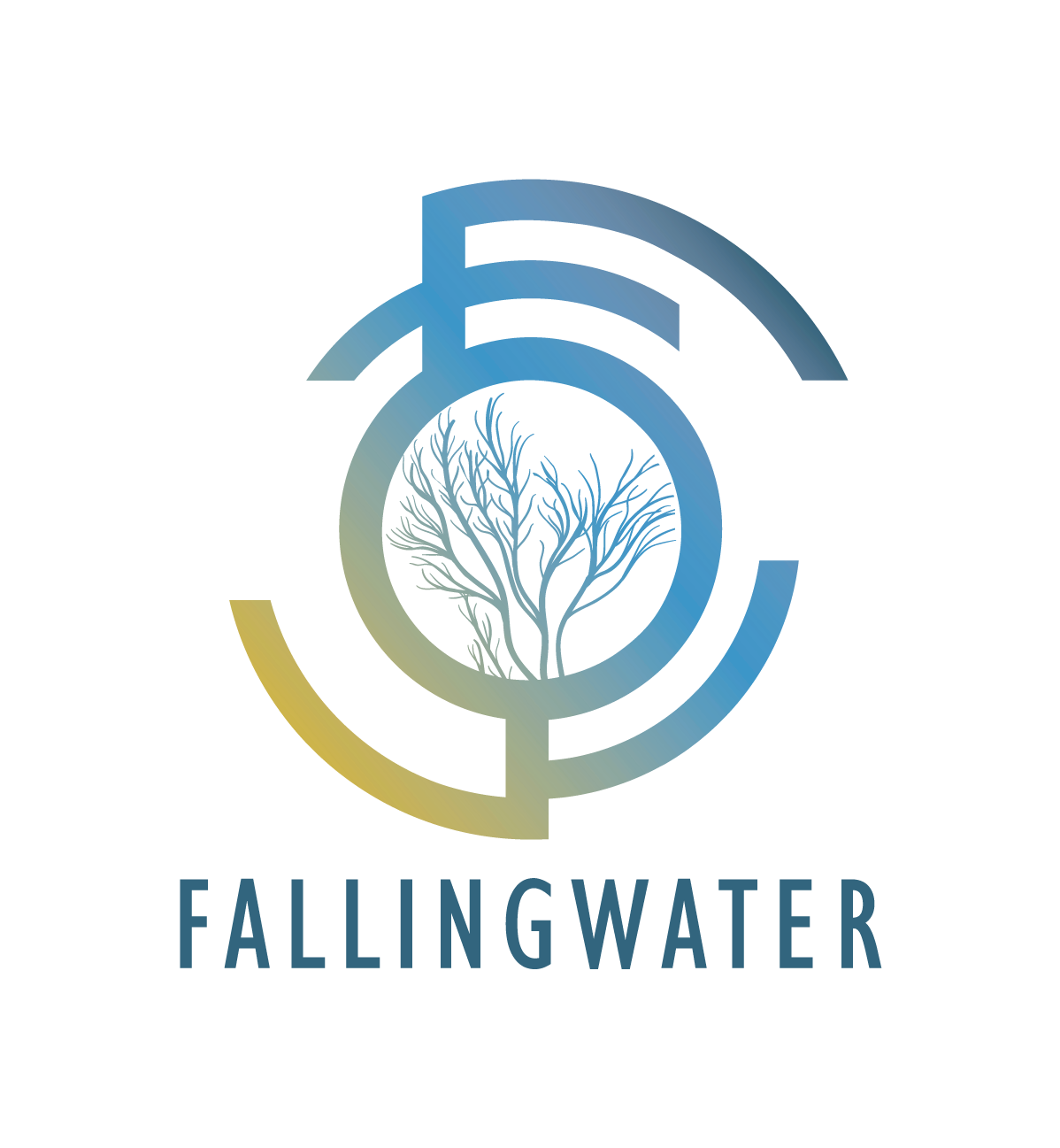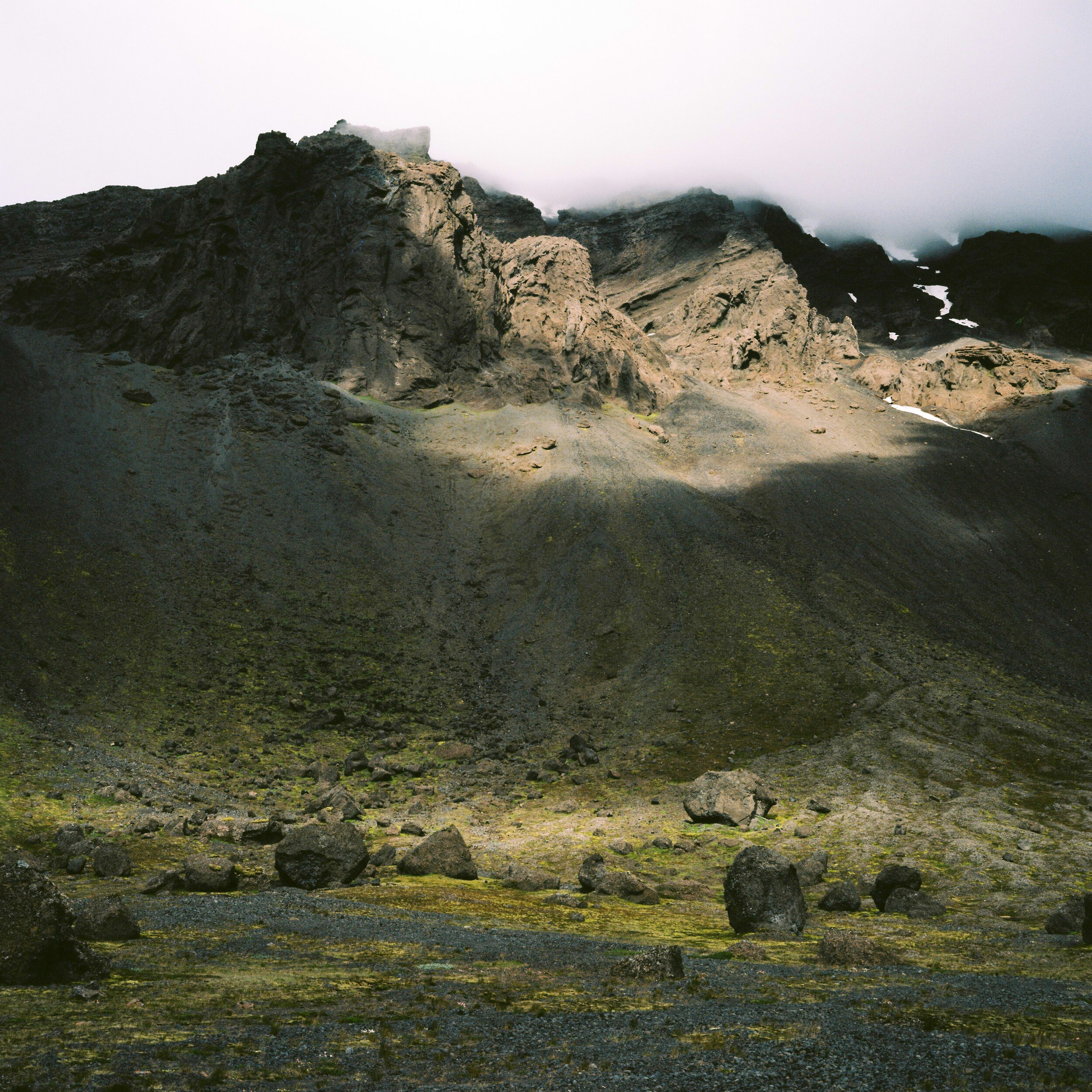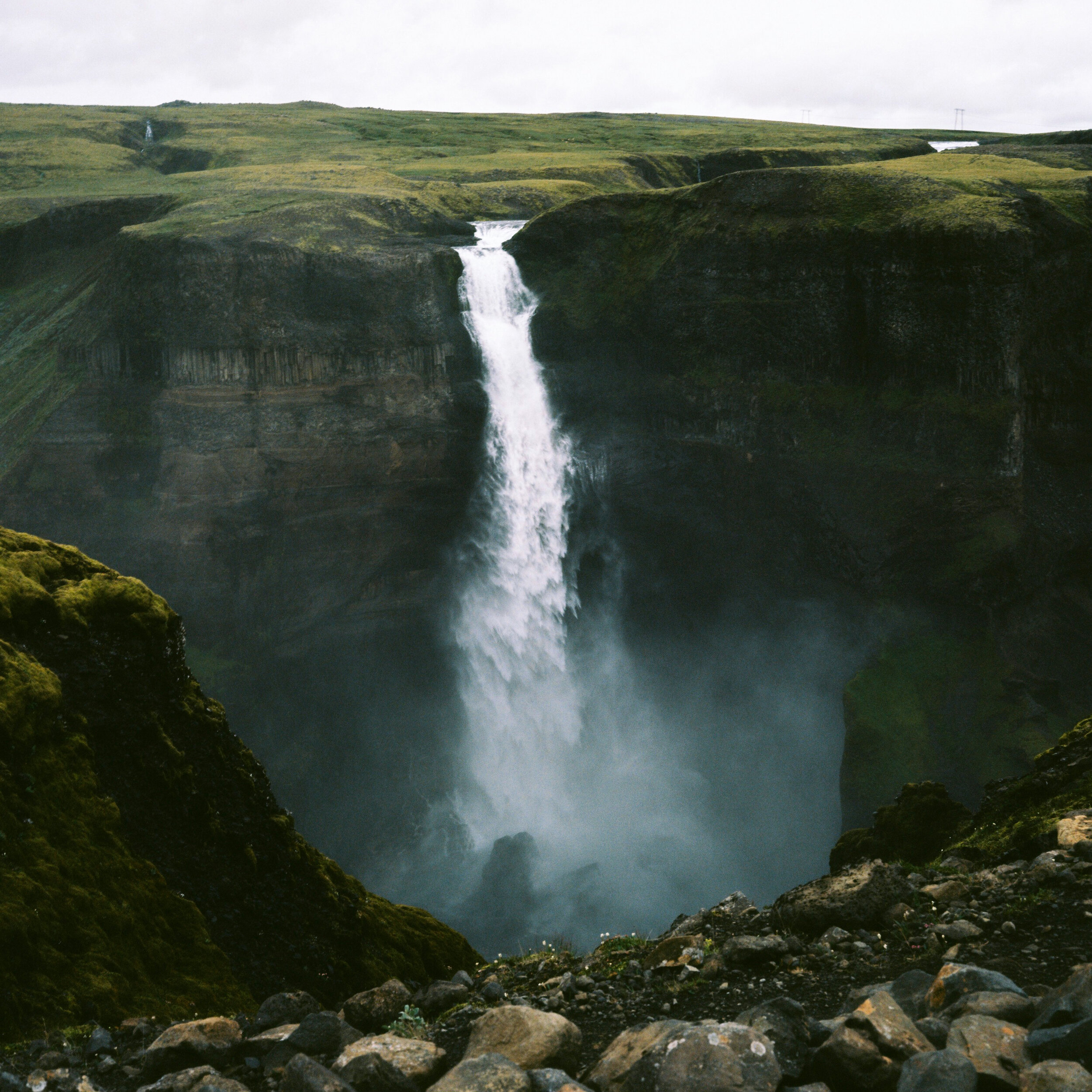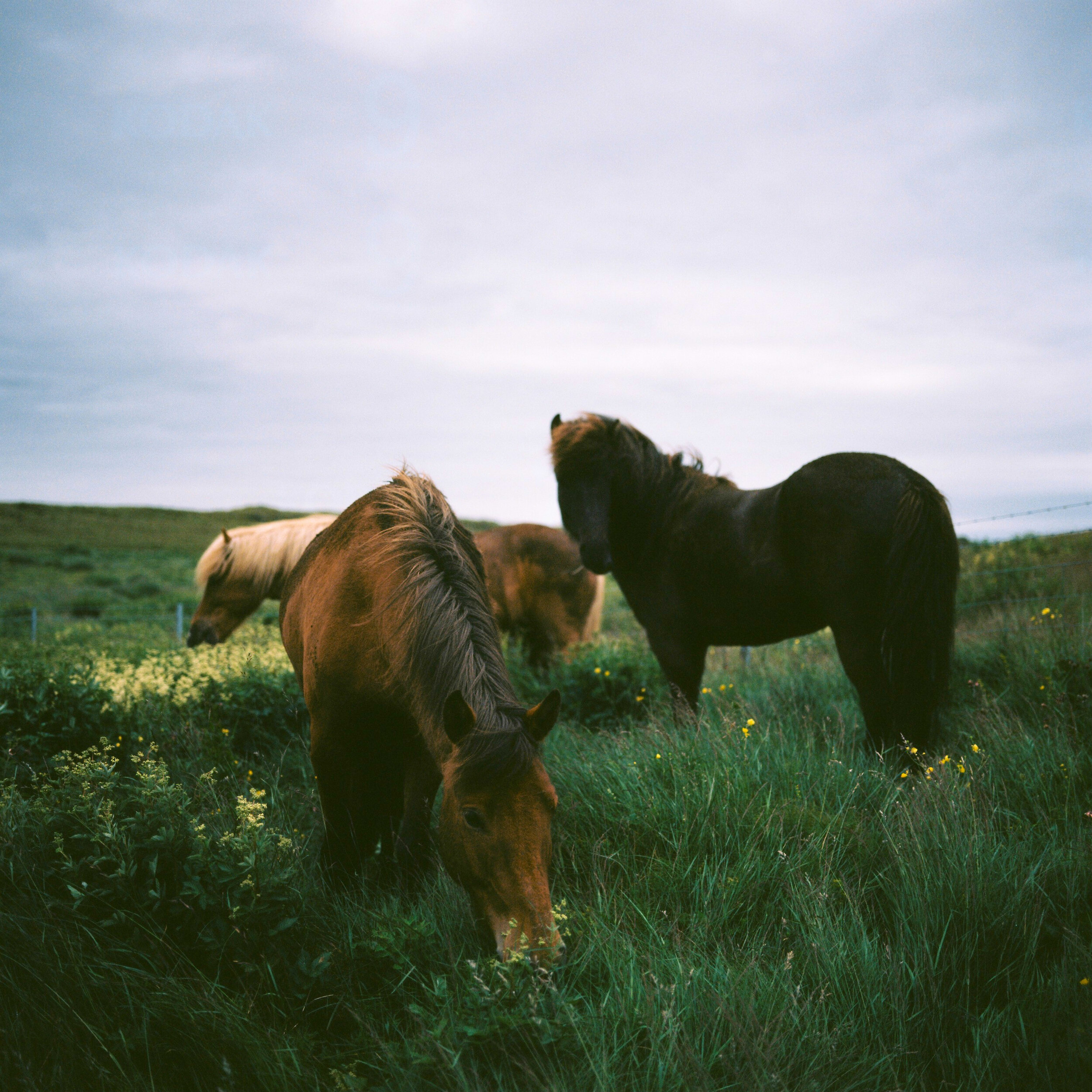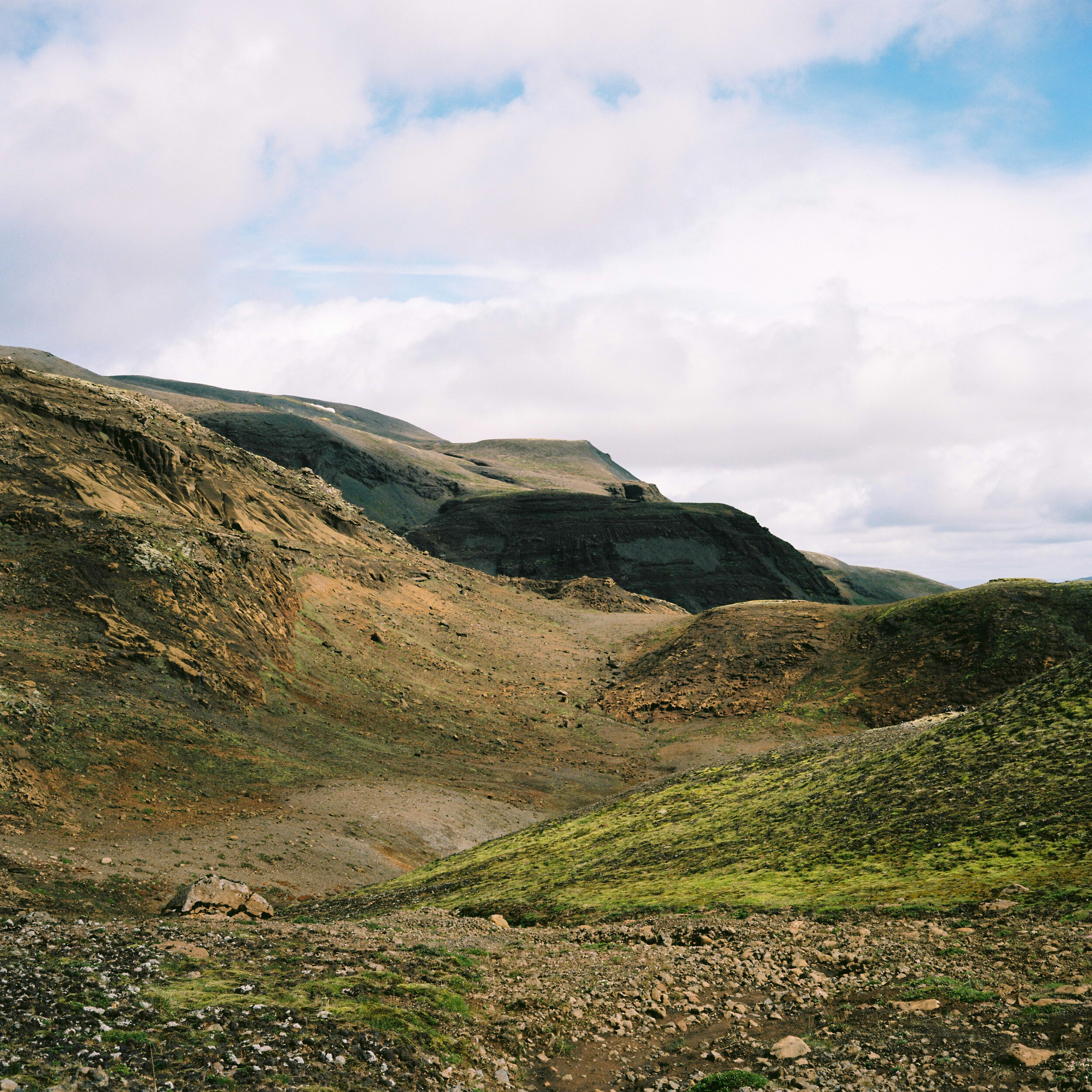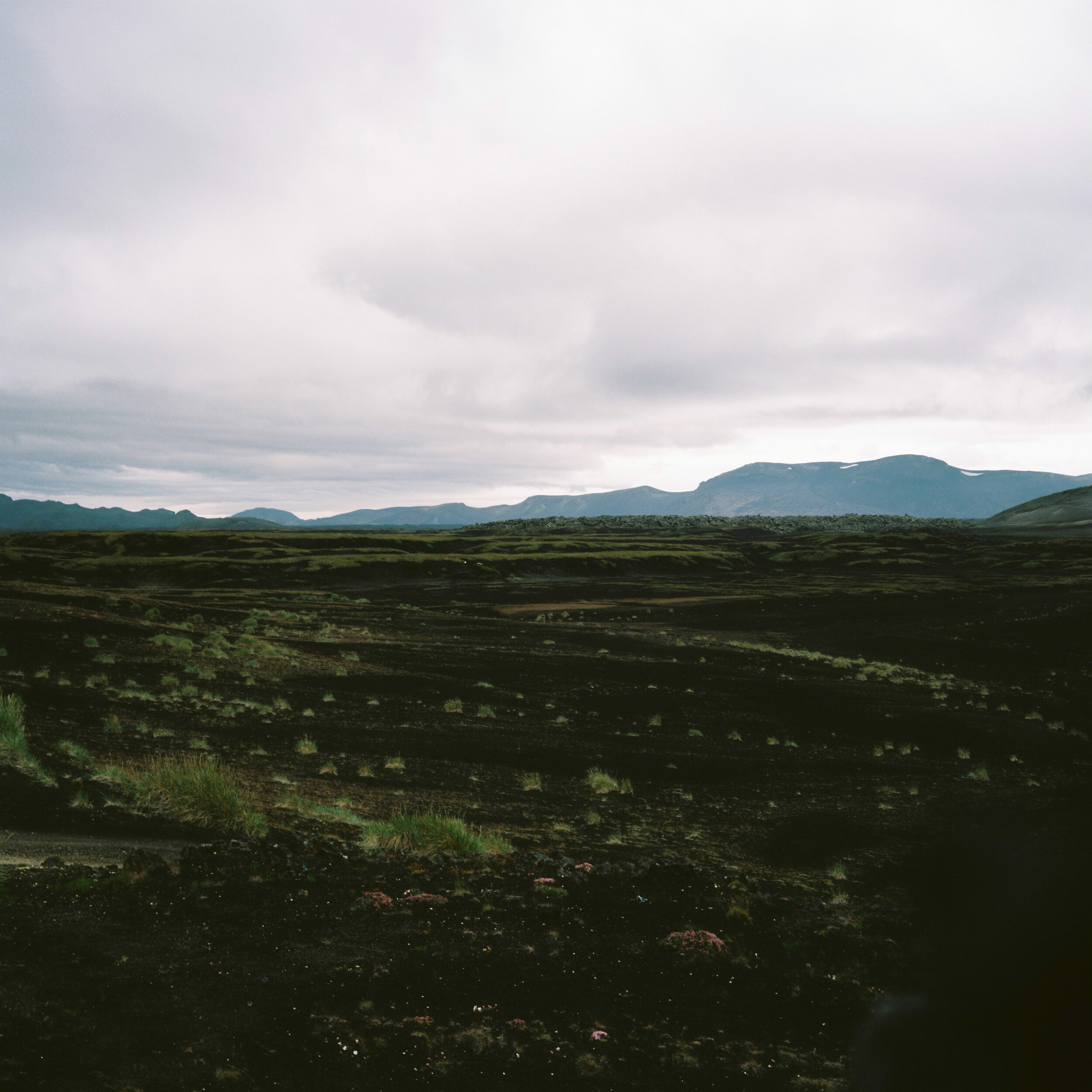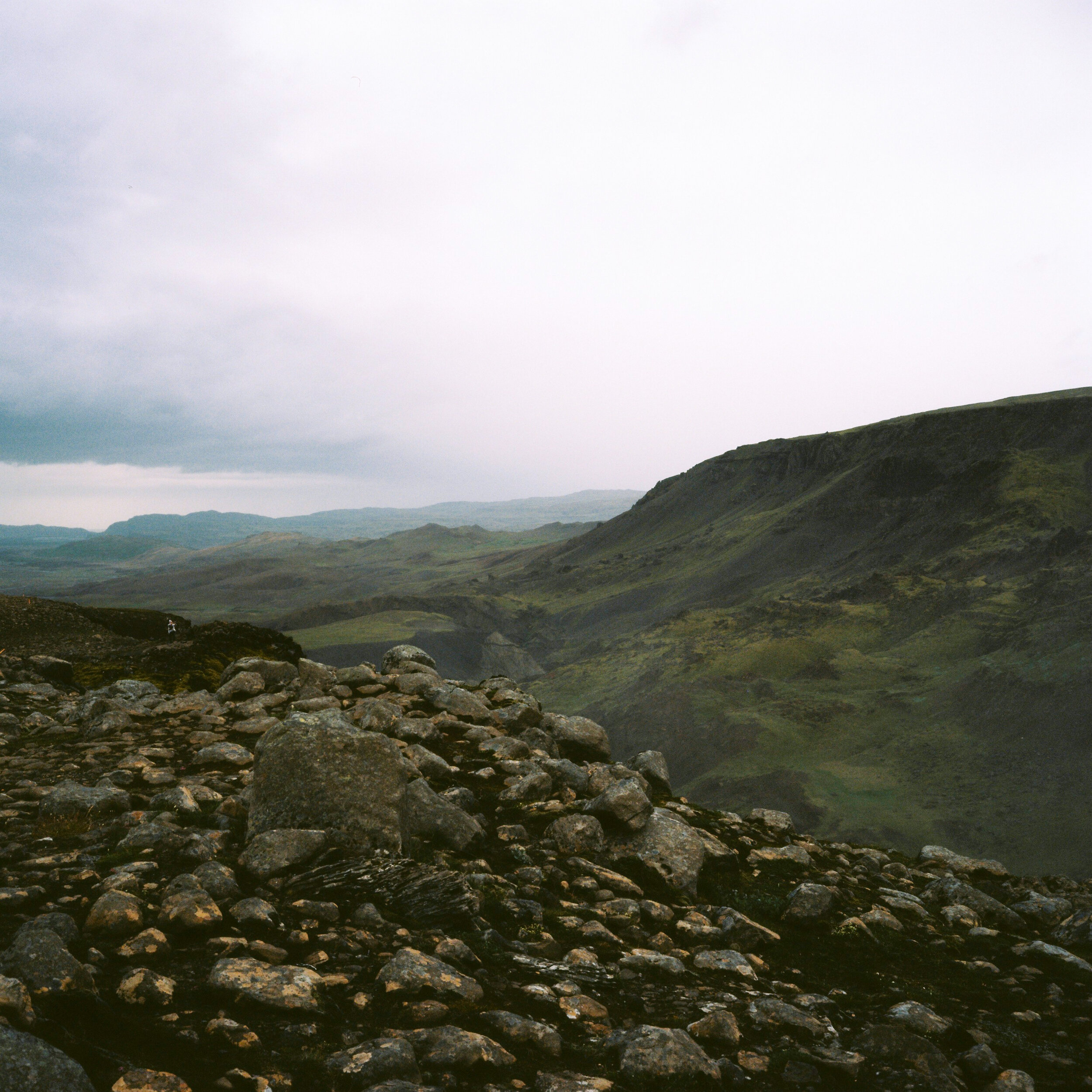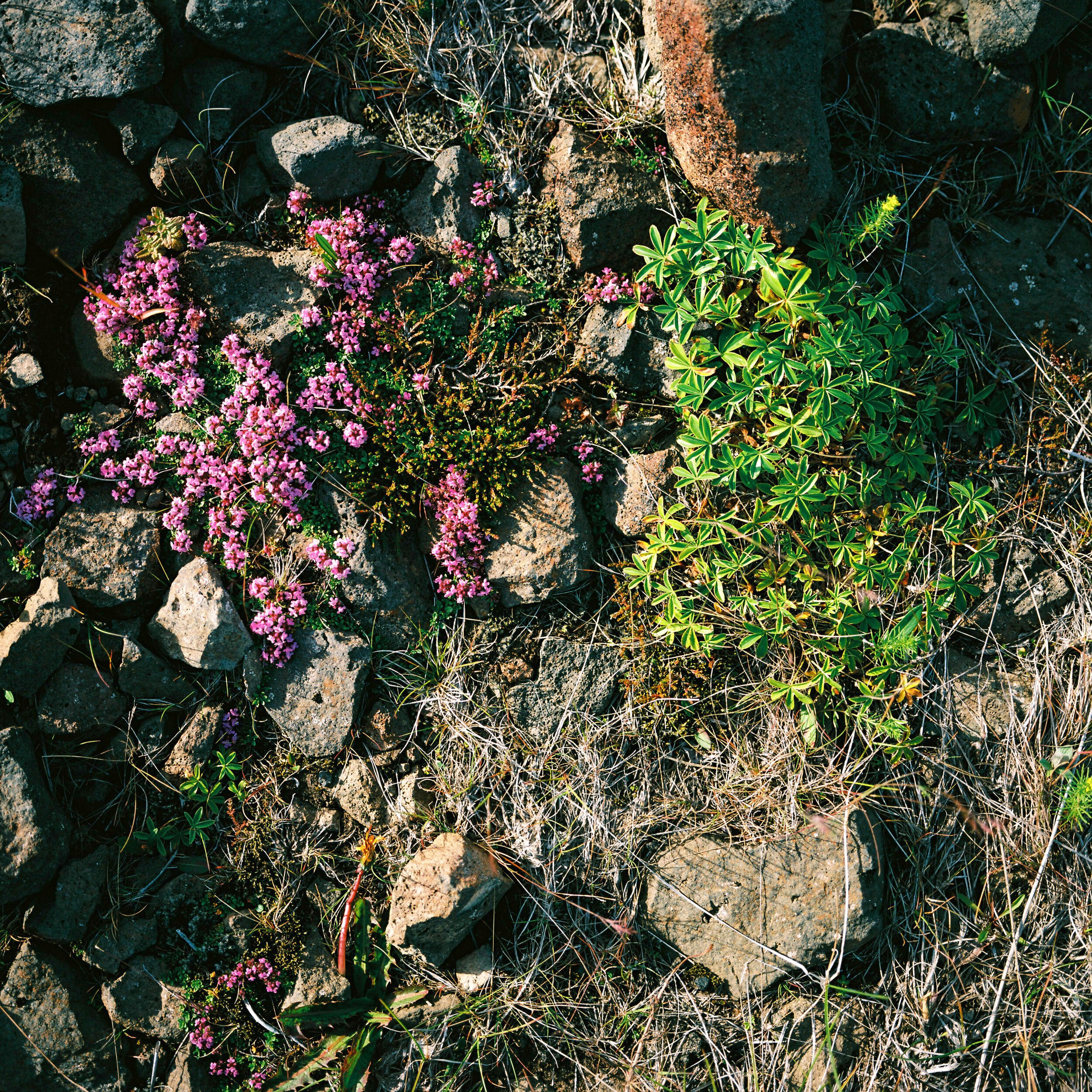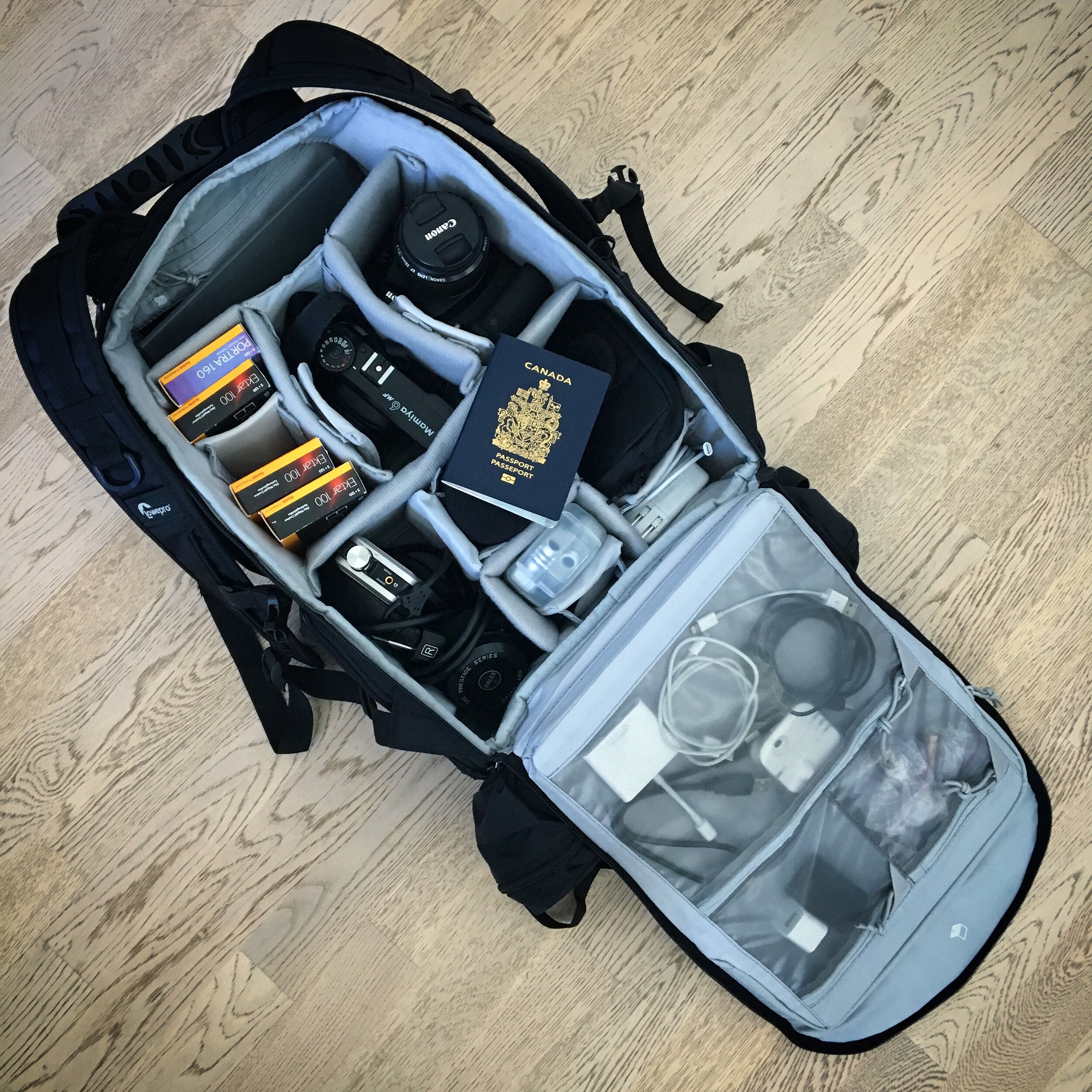Attention plant lovers: Iceland is a must-see!
No need for a long stay, just tag it onto your next trip. Icelandair allows their customers to stopover in Iceland from 1-7 days for no additional charge. I stayed for only 3 days and it was a life-changing experience. Definitely the highlight of my trip! While Iceland is generally quite expensive, you would be amazed at how much you can pack into just a few days. Here are some tips on when to go and what to see:
Book for July or August if you can.
I got lucky and happened to book my trip for mid-July which happened to be when most of the F roads are passable. The F roads are the mountain roads that access the highlands, where you will see more native flora than anywhere else in Iceland.
You can’t truly experience the plant life in Iceland without seeing the highlands, and you can’t see the highlands without a 4x4.
I used Kuku Campers and rented a Land Rover 110 for around $1,500 CAD, which included a map of the F roads and the definitely required Golden Insurance Package covering sand, ash, and gravel damage. It was a capable 4x4 with a cot that could be set up in the back and a small stove for cooking. The highland roads vary in their drivability and many have rivers to cross. I crossed about 50% of the rivers I came across without any trouble and turned around at the others due to lack of experience and feeling a little nervous about tackling them on my own. The map shows which F roads have rivers to cross and the roads are often marked as challenging if they are a little much. I didn’t have any trouble with the roads I chose.
This is what 11pm looks like in Iceland in July.
Avoid the typical tourist recommendations and beat your own path.
The staff at Kuku Campers recommended that I drive the Golden Circle with the few days that I had available. The Golden Circle is a 230 km loop of main road that takes you to some local sites: a geothermal plant, old cathedral, hot springs, geyser etc. While the stops offer some interesting historical context, they fall short of delivering the true Iceland experience and seeing the Martian-like landscape that draws so many to this unique place. I did about a third of the circle before deciding to take F338 into the highlands. Taking that road was like travelling through a portal to another planet.
Bring your camera and don’t forget to look down.
The highland vistas are truly breathtaking and had me saying ‘wow’ around every bend. It took me a full day of this before I noticed the diversity right at my feet. Most of the plant life in Iceland is low growing ground cover and if you get down close there’s much to observe. With 606 varieties of moss as well as many other strange and wonderful plants, there is endless exploration available and endless plant identification once you get back into cell service range.
Fun Icelandic Facts:
Now known as the ‘wet desert’, Iceland was 60% vegetated when it was originally settled. The Vikings in the 9th century deforested much of the country to build ships and structures. Between that and natural forces, the vegetative cover has decreased to around 25%.
There have been efforts to reforest Iceland since the 1920s. Currently the goal is to reforest 5% of the country over the next 50 years, however, the current rate has that goal being met in 150 years.
Soil erosion is a major concern, especially in the highlands. It is a serious offence to drive off the established F roads as damage to the delicate and slow growing plant life can take many decades to recover. Several foreign travellers have not respected these laws and have faced massive fines as well as public backlash for destroying recovering areas.
Links:
Icelandic Institute of Natural History
Ágúst H. Bjarnason’s Plant Blog (Requires translation from Icelandic via Google)
FISH MRKT (the best sushi I’ve ever had)

